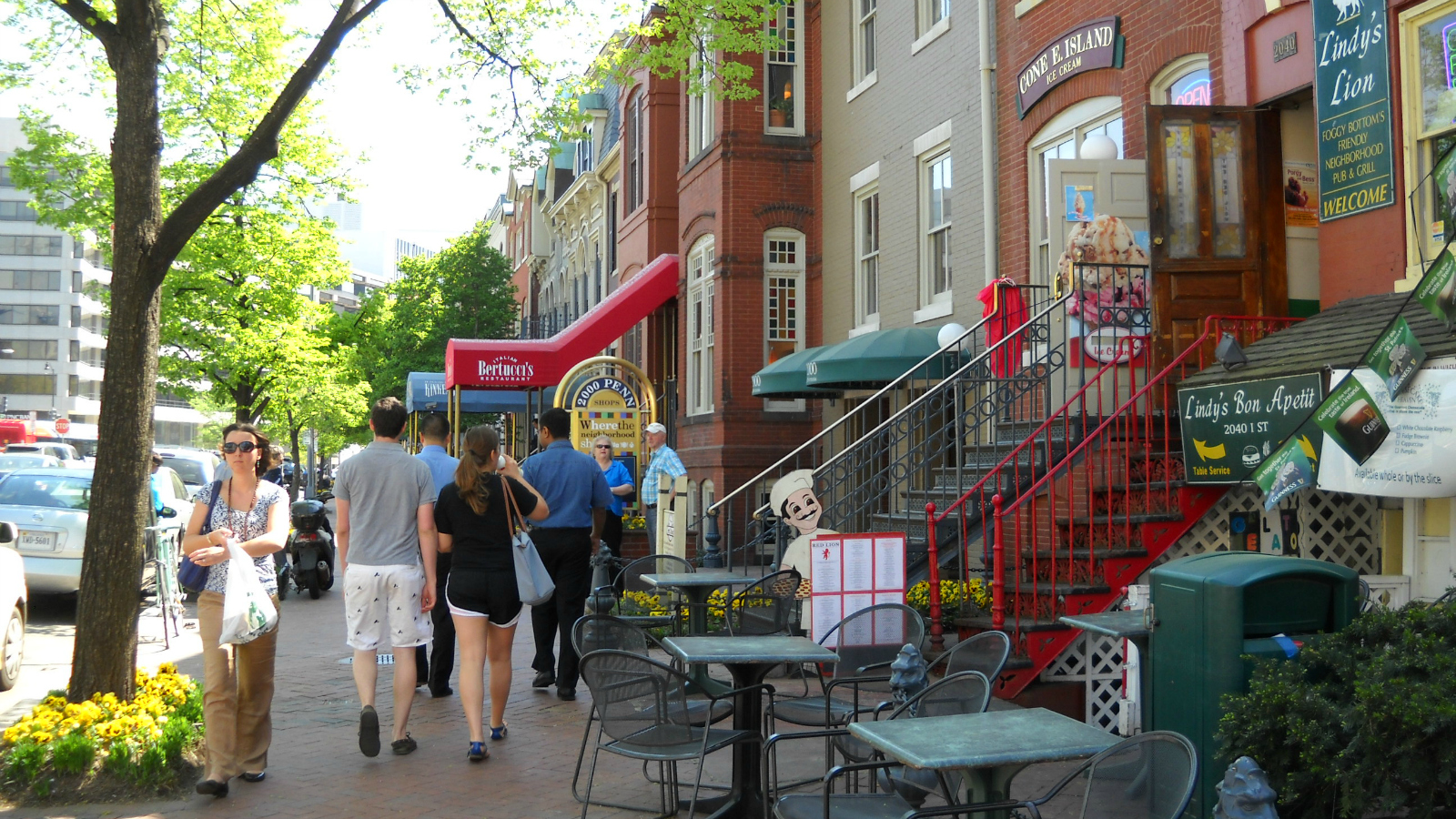It’s a huge privilege, Itâ€
According to a new analysis by real estate company Redfin, homes in more walkable areas tend to have higher sales prices than comparable homes in more car-dependent neighborhoods. The analysis uses data from Walk Score, a web tool that measures the walkability of an address on a scale of 0 to 100 based on proximity to amenities like parks and stores. Redfin finds that each additional point on Walk Score corresponds to a national average of 0.9 percent greater home value. That bonus varies widely by metropolitan region. At the top end, in the Atlanta area, it’s 1.69 percent, whereas it’s just 0.2 percent in Orange County. Nowhere, though, does walkability harm home values.
Walk Score is an imperfect proxy for walkability, since it doesn’t factor in aesthetic and safety features such as the presence of sidewalks, road width and speeds, and the presence of buffers from traffic like street trees and curbside parking.
Still, the analysis indicates that Americans want to get out of their cars, and developers and towns should be creating more walkable neighborhoods to help them do it.
Correction: This article originally stated that Walk Score does not factor in the length of blocks. It does. We regret the error.Â



